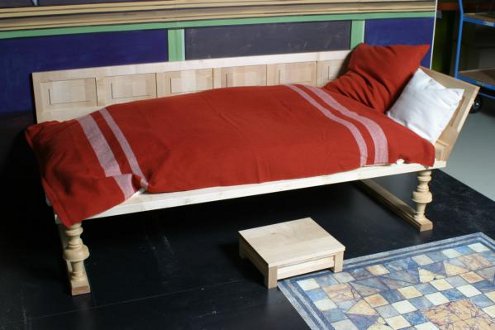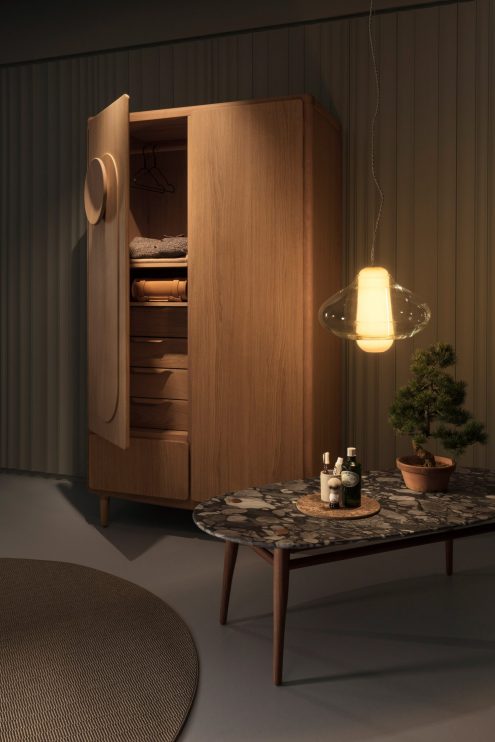
Launched by Casper Vissers, former owner of Dutch design brand Moooi, new furniture and lighting brand Revised has recently presented Dutch designer Sjoerd Vroonland’s collection made from traditional materials including solid wood of oak and walnut, stone, glass, steel and marble, all with nice rounded corners and edges.
The collection features influences from the early 20th century as seen by Vissers and his wife, Suzy Vissers, of pieces of furniture photographed in 35 countries at hotels, calling it “The craft you could say British and Italian with a slightly Japanese influence.” Casper Vissers said that Sjoerd Vroonland understood what he was aiming for and instead of just a few pieces, launched an entire collection.
The products are purposely manufactured in factories across Europe, with suppliers based in Germany, Italy, the Netherlands and Lithuania. “Perhaps we could get it made cheaper further away, but we have to start driving electric cars, we need to eat less meat and we should not ship from one end of the world to the other,” Vissers explains.
(Link and photo: dezeen.com)

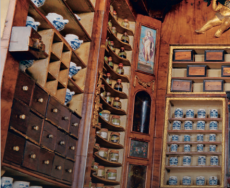
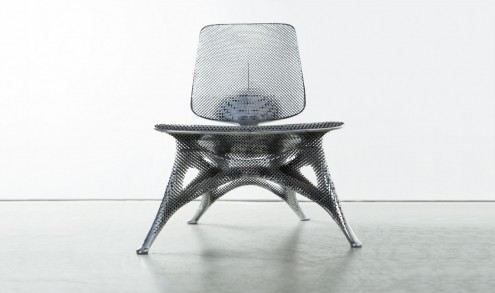
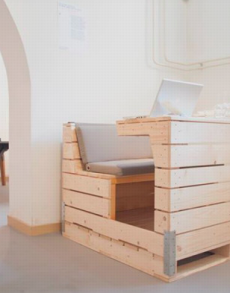
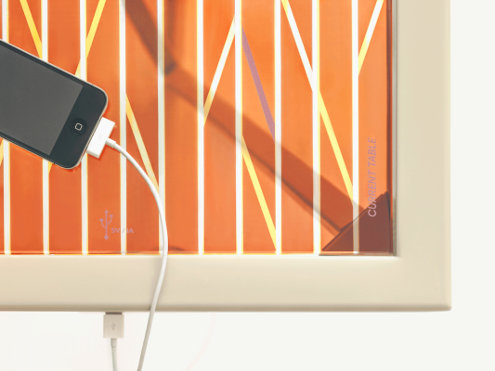
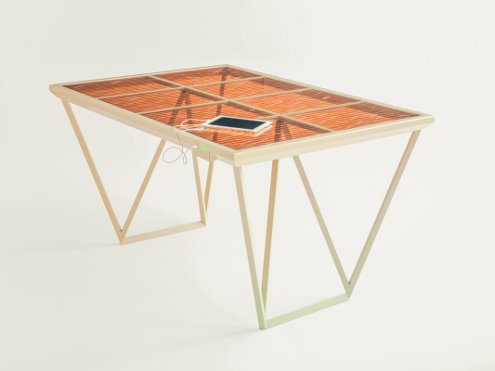
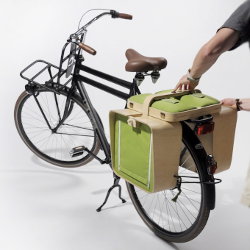
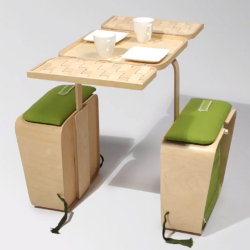
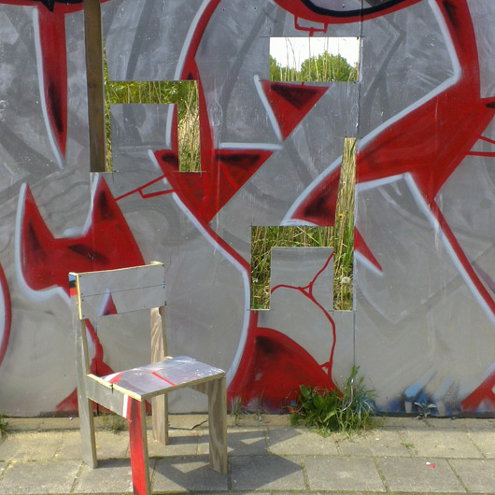
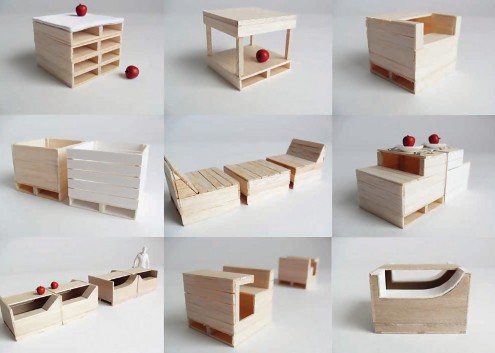
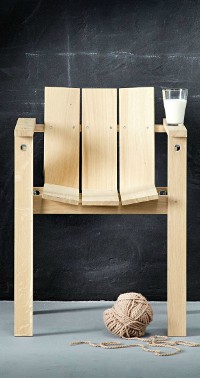 The guy behind the scrapwood craze of the nineties, Piet Hein Eek, has collaborated with mail order company Wehkamp on a wooden furniture line.
The guy behind the scrapwood craze of the nineties, Piet Hein Eek, has collaborated with mail order company Wehkamp on a wooden furniture line. 